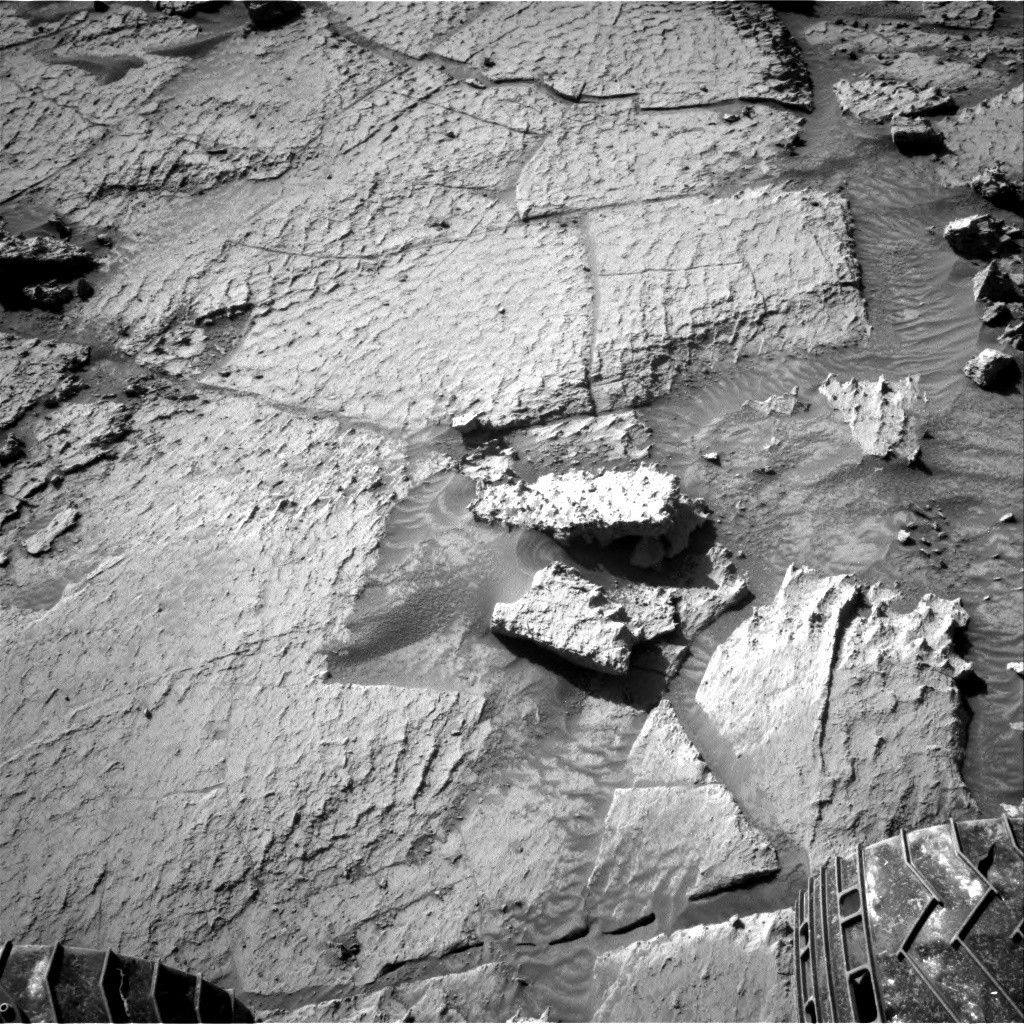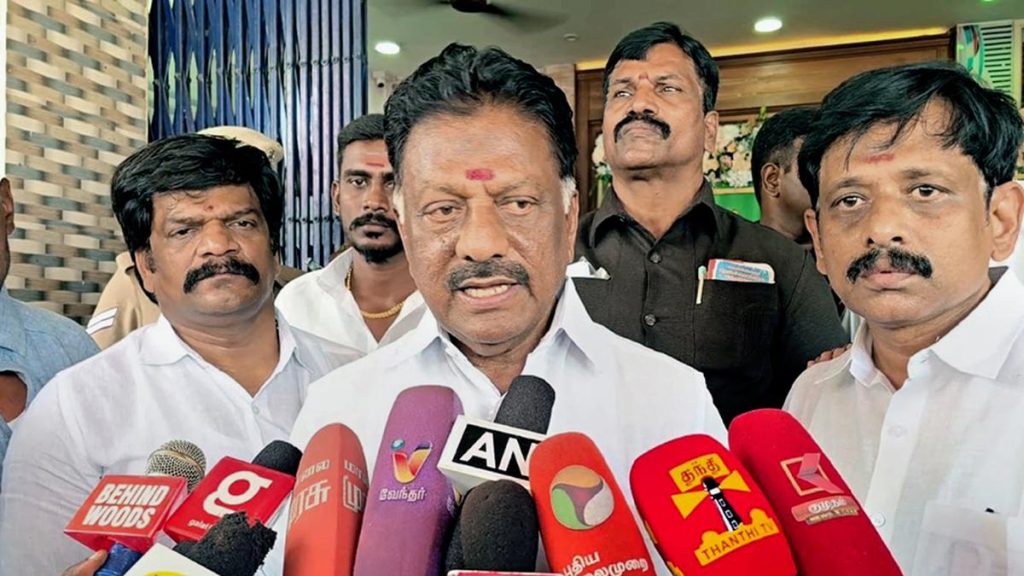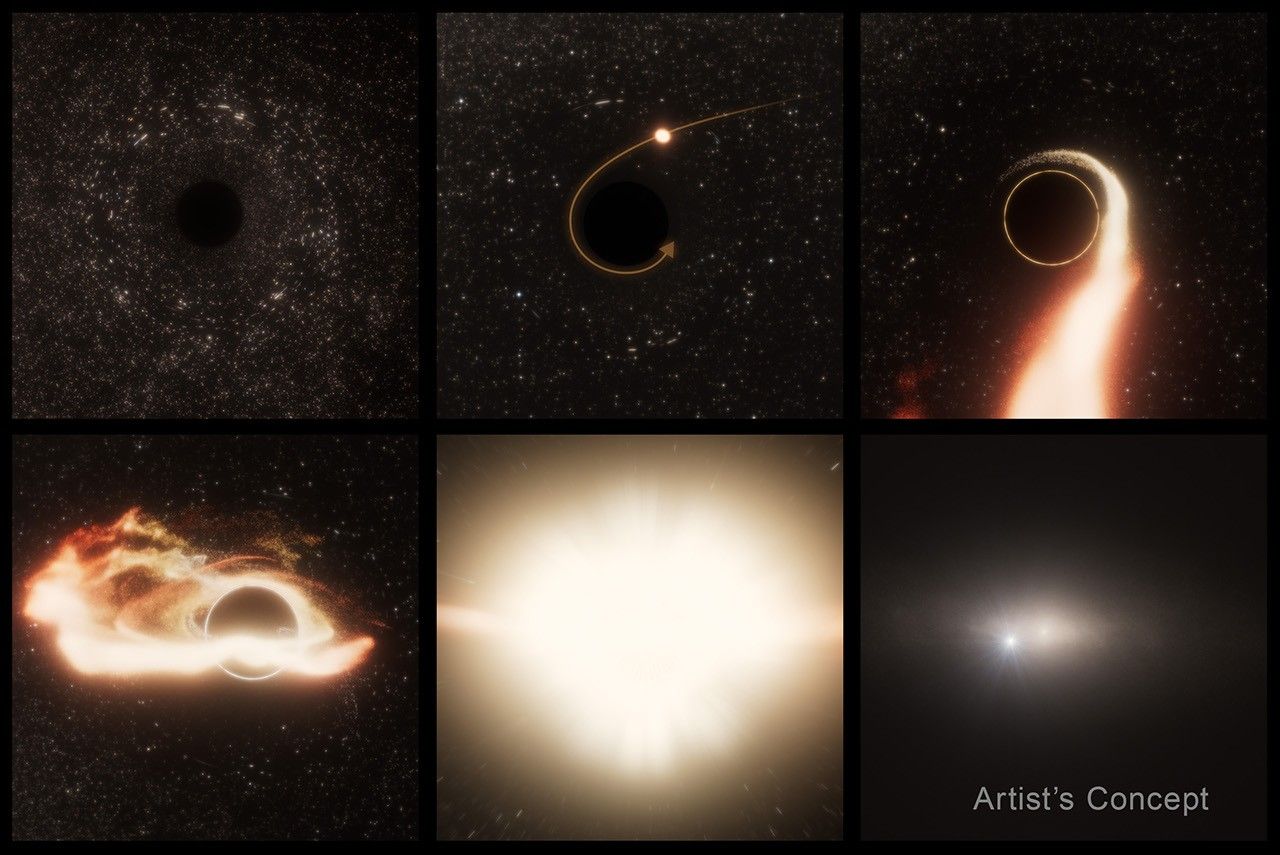Now Reading: Sol 4532-4533: Exploring the Geometry of Mars
-
01
Sol 4532-4533: Exploring the Geometry of Mars
Sol 4532-4533: Exploring the Geometry of Mars

Quick Summary:
- The Mars Science Laboratory mission team successfully completed a weekend drive of 29 meters (about 95 feet), exploring polygon-rich bedrock on Mars.
- Scientists are investigating the origin of polygonal cracks, potentially formed billions of years ago due to desiccation or later groundwater movement.
- “Touch and Go” plans allow rapid science data collection within a few hours; today’s tasks involved analyzing typical bedrock and specific elongated vein features using instruments like APXS,ChemCam,MAHLI,Mastcam.
- Targets included “Encinitas,” “Jack Creek,” “Loma Verde,” “temescal Canyon,” and long-distance imaging at “Agua Tibia” near circular formations like “Torote Bowl.”
- the rover is moving closer to the highly anticipated “boxwork structures,” expected to be explored in the next few drives.
Indian Opinion Analysis:
The ongoing investigation into geological structures on Mars delivers essential insights into the planet’s ancient environmental history while honing methodologies for efficient remote exploration under tight operational windows. For India, such advancements underline NASA’s leadership in planetary exploration – signaling opportunities for Indian scientists and space organizations (like ISRO) to collaborate in future initiatives or adapt similar strategies for missions targeting Moon or Venus investigations. This process strengthens global knowledge that may someday also benefit India’s aspirations in manned interplanetary missions or contribute toward our understanding of Earth’s geology through comparative studies.
























